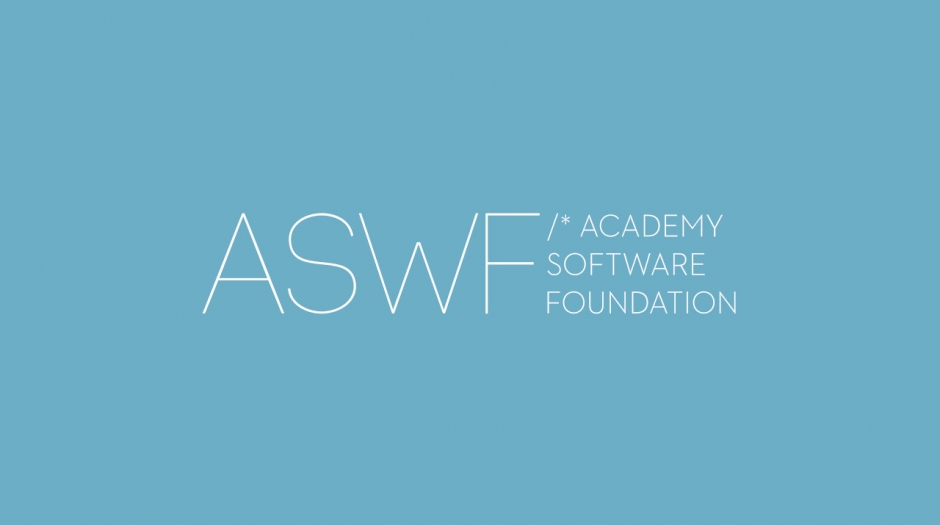The Academy Software Foundation’s (ASWF) OpenFX Project plans to release OpenFX version 1.5 later this summer, a significant update that promises to streamline workflows and enhance creativity for VFX artists and developers.
First developed in 2004 and adopted by the Foundation in 2022, OpenFX is a popular open-source plugin standard that enables interoperability between image processing tools in the VFX industry, giving artists easier access to a broader toolset as plugins that can run in multiple editing, video processing and VFX applications with little to no modification.
Full details about the release are available on the ASWF blog, New OpenFX Release Streamlines Workflows and Creative Applications, but here are some highlights:
This update introduces a range of new features, including:
Color Management: Enhanced color management APIs ensure accurate and consistent color rendering across different source media, devices, and platforms. DrawSuite: On-screen drawing capabilities allow hosts and plugins to work together without the need for OpenGL. GPU Support: Comprehensive GPU support between hosts and plugins (including OpenCL, CUDA, and Metal) improves performance and makes rendering smoother. Selection Parameters: The addition of selection parameters improves parameter handling, resulting in a more intuitive and uncluttered user interface. Binary Data: Support for binary data makes it easier to handle plugin-specific data types, improving processing efficiency. Windows ARM64: Version 1.5 ensures future compatibility with Windows ARM64 and expands the range of supported devices and platforms. Houdini Support: SideFX has announced support for OpenFX in the new Copernicus image processing node in the upcoming version 20.5 of Houdini.
“We are excited to bring these advancements to the OpenFX community with the release of version 1.5,” said Gary Oberbrunner, CEO of Dark Star Systems and TSC Chair of the OpenFX Project. “This important update demonstrates our ongoing commitment to providing VFX software developers with the creative tools they need to push the boundaries of visual effects.”
Source: Academy Software Foundation
Debbie Diamond Sarto is news editor for Animation World Network.

